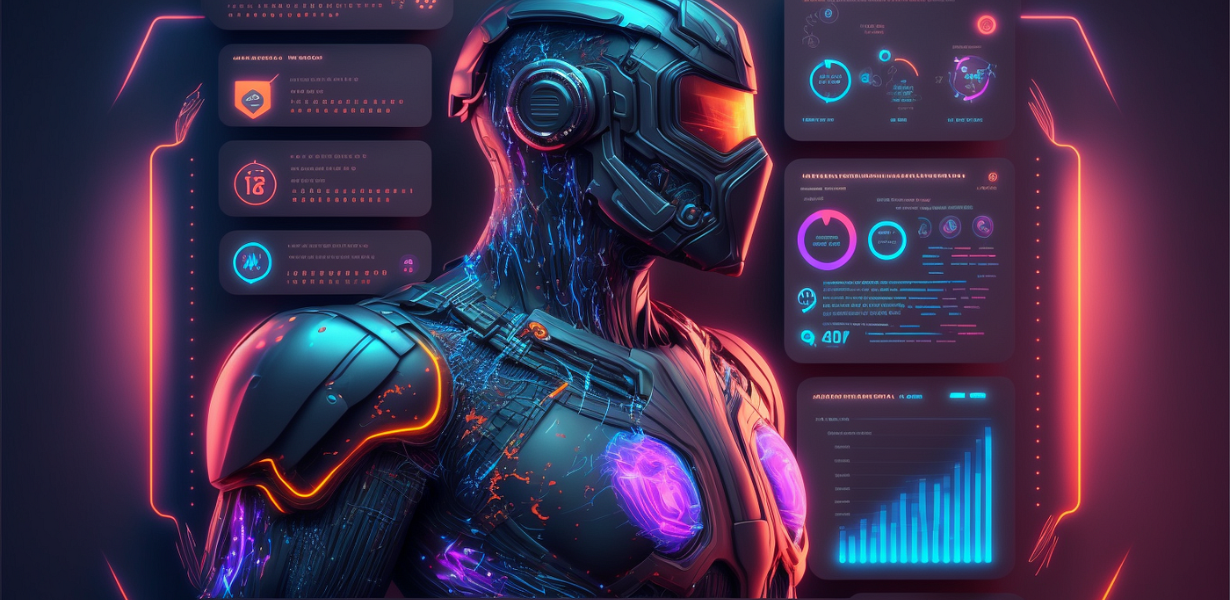
The Future of Viewport Meta Tag: AI-Driven Adaptive User Interfaces
- Post
- August 7, 2023
- Mobile & Responsive, Viewport Meta Tag, Web Design
- 0 Comments
In this blog, we delve into the fascinating realm of AI-driven adaptive user interfaces and their relationship with the viewport meta tag in HTML. As the digital landscape evolves and user behavior becomes increasingly diverse, web developers face the challenge of creating interfaces that can seamlessly adapt to various devices and user preferences. The viewport meta tag plays a crucial role in achieving this adaptability, and with the integration of AI, the potential for personalized and intuitive user experiences is boundless.
Understanding the Viewport Meta Tag HTML
The viewport meta tag is a pivotal HTML element that controls how a web page is displayed on different devices, especially on mobile screens. It allows developers to set the initial scale, dimensions, and zoom capabilities of the web page, ensuring optimal rendering and usability across various devices.
Implementing the viewport meta tag correctly is essential for responsive web design, as it prevents mobile devices from displaying the entire website at its default desktop width, avoiding the need for users to zoom in and scroll horizontally. By specifying the viewport width, the content can adjust proportionally to fit the screen, providing a seamless user experience.
The Role of Viewport HTML in Mobile Responsiveness
As the majority of internet users access websites through mobile devices, ensuring mobile responsiveness has become a top priority for web developers and businesses alike. The viewport meta tag acts as a crucial bridge, facilitating the smooth transition from traditional desktop interfaces to dynamic and adaptable mobile-friendly layouts.
When designing a responsive website, developers must consider factors like the aspect ratio, screen resolution, and pixel density of various devices. The viewport meta tag addresses these concerns, empowering developers to create interfaces that automatically adjust to the user’s screen size, resolution, and orientation, ensuring an optimized display on every device.
Leveraging AI for Adaptive User Interfaces
AI has emerged as a game-changer in the world of web development, revolutionizing how we interact with digital platforms. By integrating AI algorithms into the viewport meta tag, developers can take mobile responsiveness to new heights. AI-driven adaptive user interfaces analyze user behavior, device specifications, and preferences in real-time, allowing websites to dynamically adjust their layout and content presentation.
Through machine learning, these interfaces can learn from user interactions and optimize the user experience with each visit. AI-driven adaptive user interfaces not only enhance user satisfaction but also boost conversion rates and engagement, making them indispensable tools for businesses seeking to stay competitive in the digital arena.
Benefits of AI-Driven Adaptive User Interfaces
Personalized Experiences: AI-driven adaptive interfaces can tailor content and design elements based on individual user preferences, history, and behavior, providing a more personalized and engaging experience.
Improved Accessibility: By adapting to various devices and accessibility requirements, AI-driven interfaces ensure that all users, including those with disabilities, can access and navigate the website effortlessly.
Enhanced Performance: Optimized interfaces contribute to faster load times and improved performance, leading to higher user satisfaction and reduced bounce rates.
Higher Conversions: With personalized content and intuitive layouts, AI-driven adaptive user interfaces can significantly improve conversion rates and customer retention.
Best Practices for Implementing AI-Driven Adaptive User Interfaces
Data Privacy and Security: As AI interfaces rely on user data, maintaining robust data privacy and security measures is paramount to build trust with users.
Continuous Learning: AI algorithms should continually learn from user interactions and adapt to changing user behavior and preferences.
A/B Testing: Conduct regular A/B testing to fine-tune the adaptive interface and identify areas for improvement.
Optimize for Performance: Ensure that AI-driven adaptations do not compromise website performance and load times.
Human Oversight: While AI plays a significant role, human oversight is crucial to address any unforeseen issues and ensure the best user experience.
Final Words
The future of the viewport meta tag is undeniably intertwined with AI-driven adaptive user interfaces. As technology continues to advance, so will our ability to create seamless and personalized user experiences across an ever-expanding array of devices. Embracing AI-powered adaptation empowers businesses to stay ahead of the curve, elevating their web presence and fostering long-term customer loyalty.
Commonly Asked Questions about AI-Driven Adaptive User Interfaces
Q1: How does AI-powered adaptation benefit e-commerce websites?
AI-driven adaptive interfaces enhance e-commerce websites by offering personalized product recommendations, simplifying the checkout process, and tailoring the shopping experience based on user behavior, leading to increased sales and customer loyalty.
Q2: Can AI-driven adaptive interfaces be used for content-heavy websites?
Absolutely! AI-powered adaptation can dynamically organize and present content, making it more digestible and relevant to individual users, even on content-heavy websites like news portals or blogs.
Q3: Are there any SEO implications with AI-driven adaptive user interfaces?
When implemented correctly, AI-driven adaptive interfaces can enhance SEO by improving user engagement, reducing bounce rates, and increasing time on site, all of which are favorable signals for search engine rankings.
Q4: Are there any limitations to AI-driven adaptive user interfaces?
While AI-driven interfaces offer tremendous potential, they may encounter challenges in accurately predicting user preferences or handling sudden shifts in user behavior. Human oversight and continuous monitoring are essential to mitigate any drawbacks.
Q5: How can businesses get started with AI-driven adaptive interfaces?
Businesses can begin by partnering with experienced web developers and AI specialists to assess their website’s needs, determine suitable AI algorithms, and gradually implement adaptive features to enhance the user experience.


